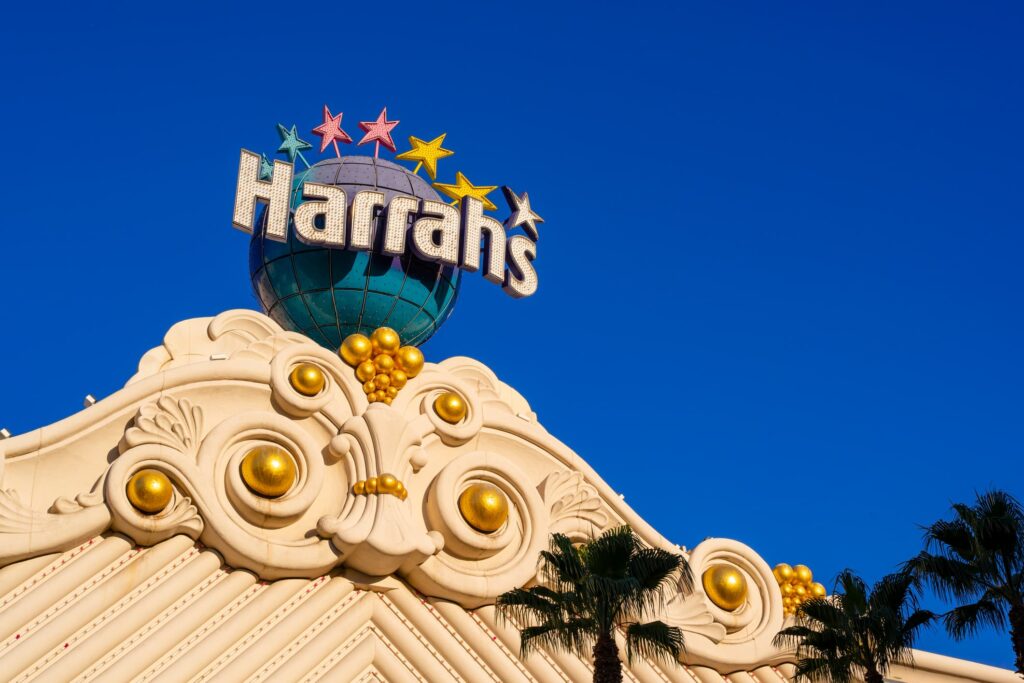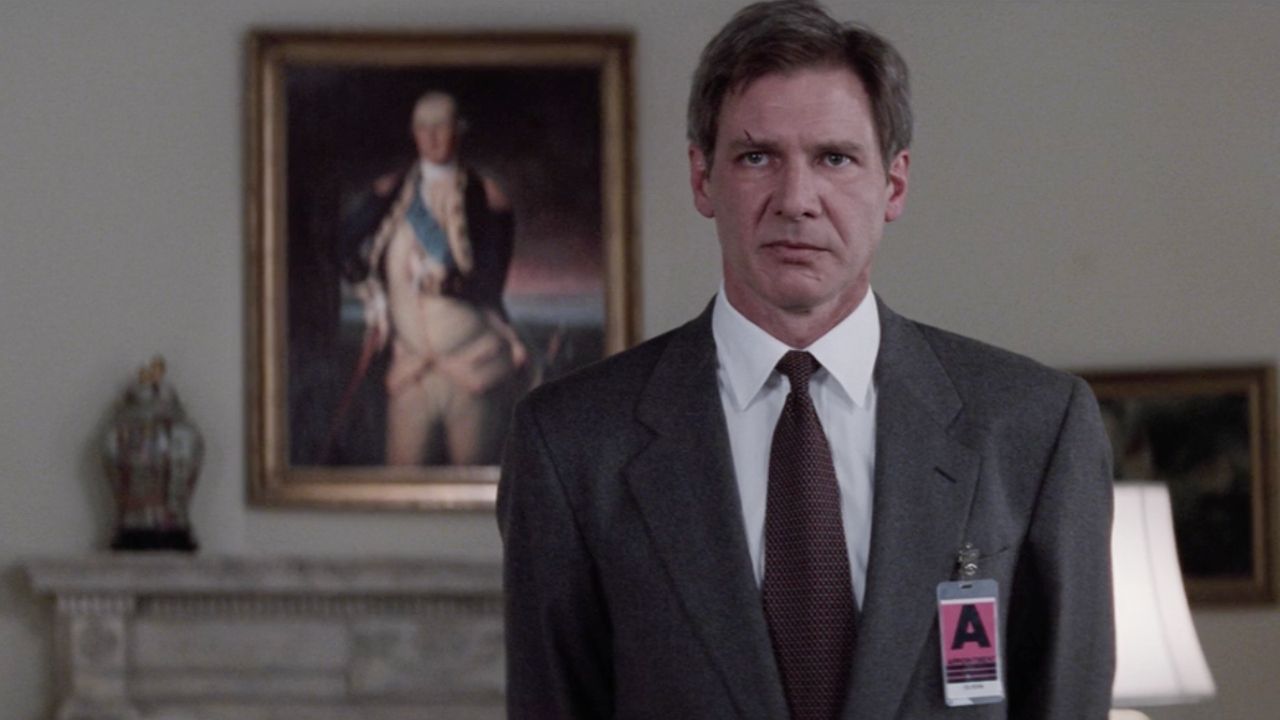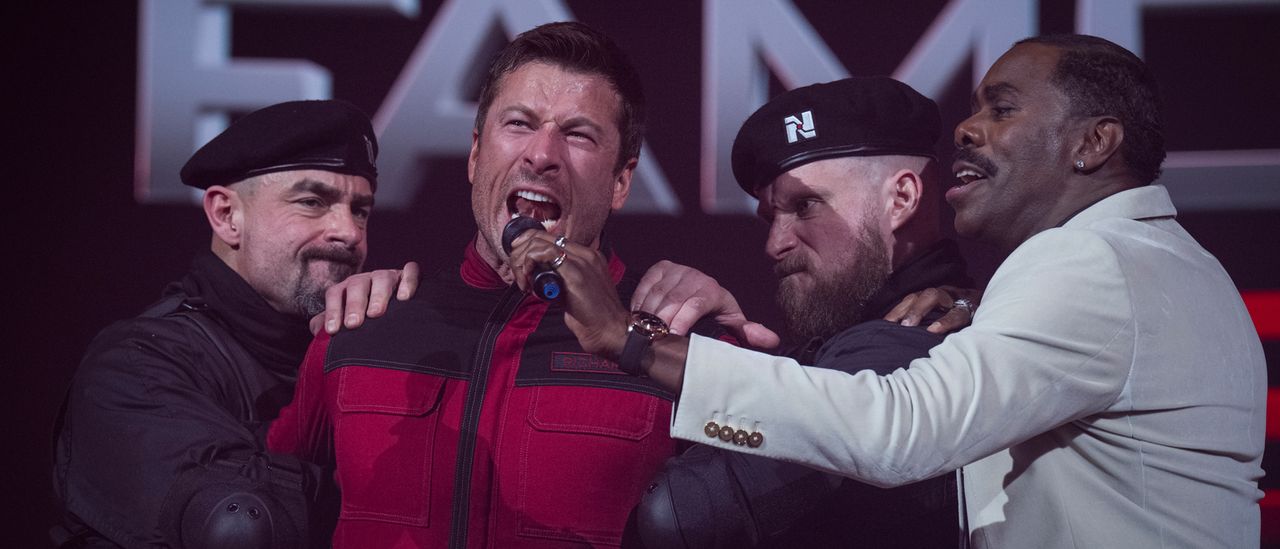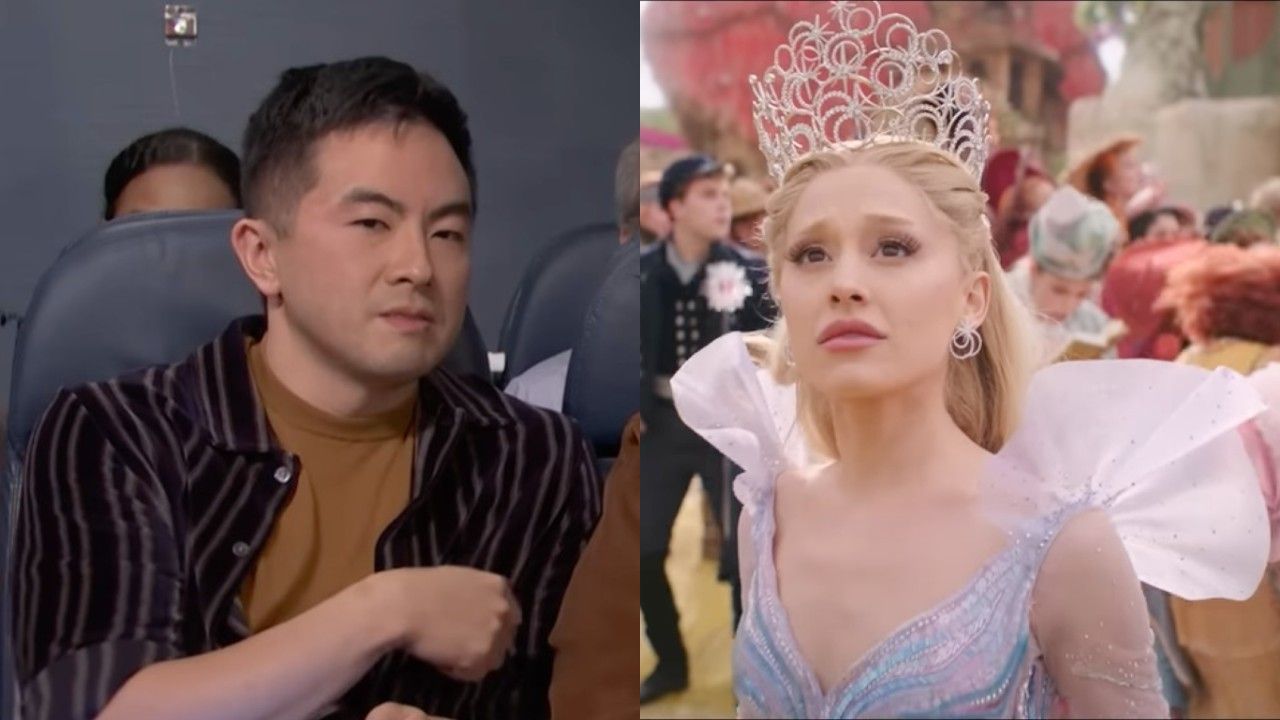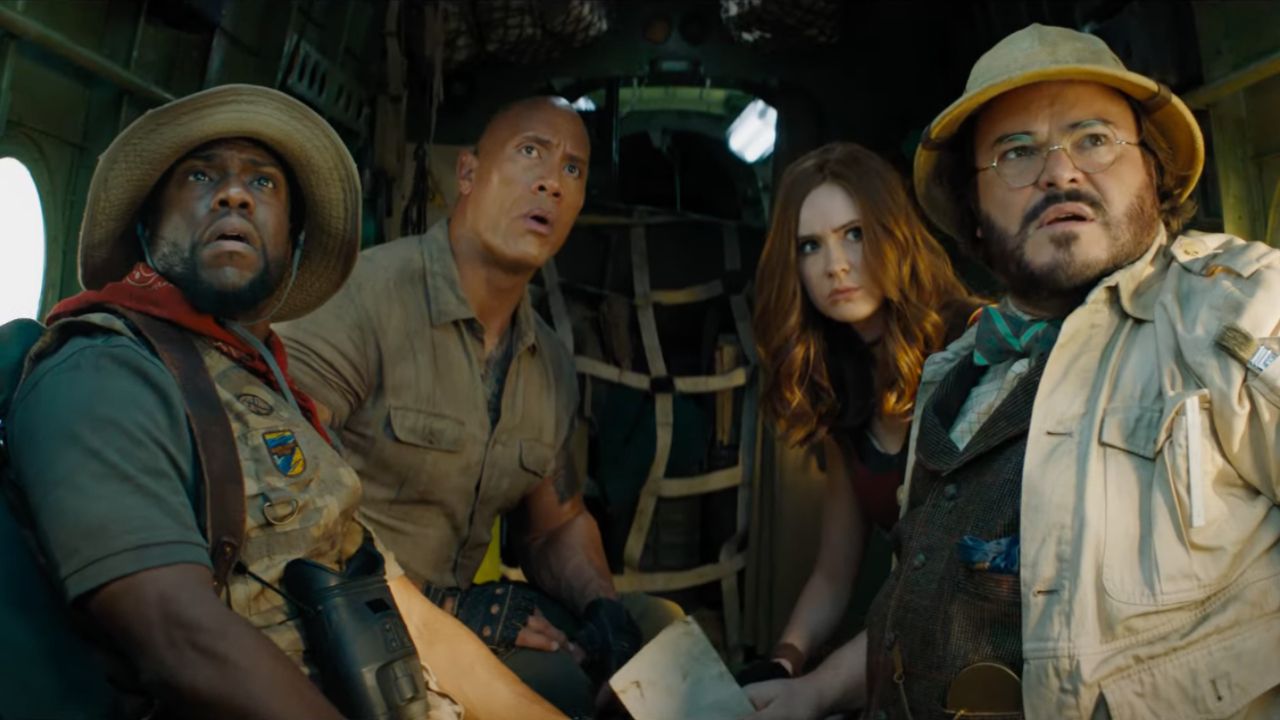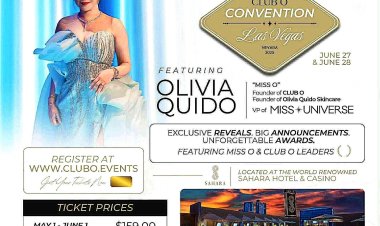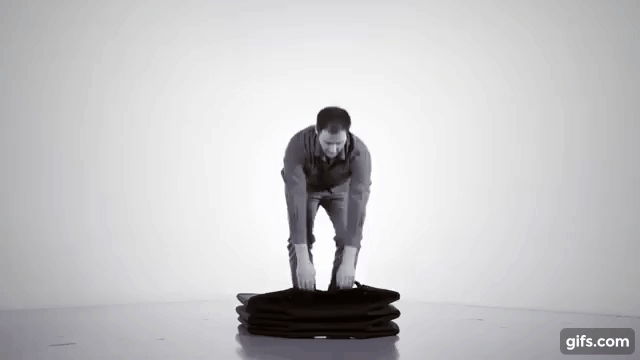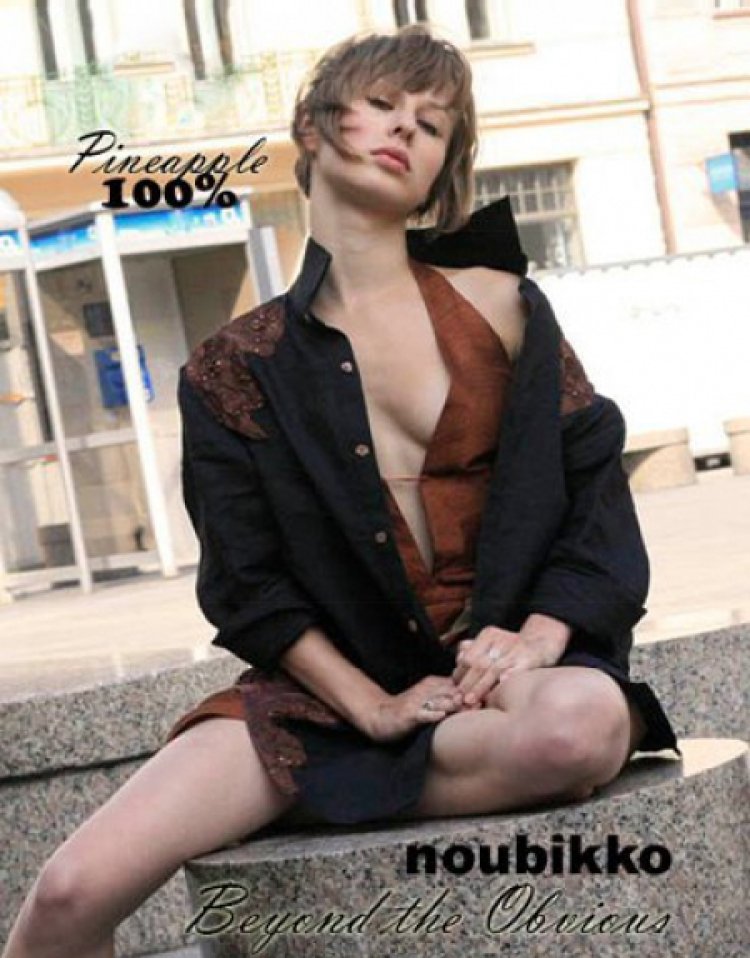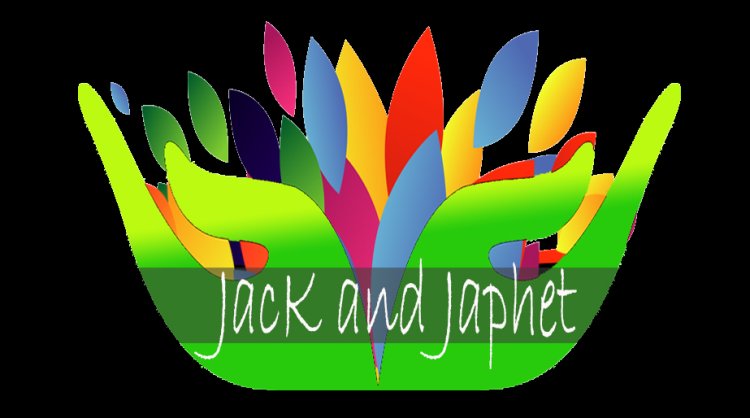Where the Wild West Never Left: The 150-Year-Old Legacy of Nevada’s Saloons


From boomtown brawls to whiskey flights, Nevada’s saloons carry the scars and stories of the state’s wild past
The poker game was fixed — that’s the story anyway. An out-of-work miner got “caught gambling crooked,” so the dealer pulled a pistol and emptied six bullets into the man, so says the 1915 coroner’s report. Three of those bullets shot clear through the Pioneer Saloon’s prefabricated walls, marring the pressed tin near the front door. The lore and mythos of the 112-year-old Pioneer Saloon is as alive today as it was the day those bullets penetrated its walls. Steeped in American nostalgia, Nevada saloons are crucial artifacts of early Nevada history — as raucous as the men and women who packed them, as rich in community as their towns’ earth was in silver, and as roughshod and brutal as the boom-and-bust mining camps where they were built.
Located about 45 minutes southwest of Las Vegas in the town of Goodsprings, Nevada, Pioneer Saloon still welcomes customers at its heavy wooden tables, still slides sweat-slicked mugs of frothy beer across the cherry wood bar. The clientele has evolved — motorcycles outnumber horses and letting loose looks more like dancing than rowdy card games — but the spirit remains.
In the early 1900s, saloons in Nevada existed as more than watering holes: They were community centers attended in equal measure by laborers, postmasters, clergy, and highwaymen. They bore all the iconography of the American Wild West — roiling dust clouds, dusky wooden rafters, and the cacophony of boisterous young men on leave from the mines or fresh off the railroad. Through the alchemy of their social legacy and the infinite mystique of the Old West, Nevada’s saloons have contributed to a folklore uniquely their own.
/cdn.vox-cdn.com/uploads/chorus_asset/file/26000535/PIONEER_EXTERIORS.jpg) Louiie Victa
Louiie Victa
/cdn.vox-cdn.com/uploads/chorus_asset/file/26000552/PIONEER_TIGHTER_SHOT_OF_FALLOUT.jpg) Louiie Victa
Louiie Victa
/cdn.vox-cdn.com/uploads/chorus_asset/file/26000600/PIONEER_BULLET_HOLES_ON_WALL_WIDE.jpg) Louiie Victa
Louiie Victa
Clouds of dust hang in the column of sunlight that spears through the front door and onto the hardwood floors of the Pioneer Saloon. A hazy glow looms over the century-old bar’s patterned copper walls, the cast-iron potbelly stove, and the 19th-century cash register. Laborers built the saloon in 1913, just in time for the mining town of Goodsprings to boom to its peak population of 800 people. From the saloon’s outdoor deck, the Yellow Pine Mining Company’s triangular headframes and old mining shafts can still be seen dotting the surrounding hills. Railroad tracks that used to transport mined goods are traceable in the landscape — they once went clear through the property where the Pioneer Saloon’s current owner, Stephen Staats, now lives.
“If you came in 1913 you would see the exact wall, ceiling, and flooring as you see right now,” says Staats. “The difference is, you had to turn your weapons in.” Other changes have been made over the years. A copy of the coroner’s report hangs next to the trio of bullet holes. One wall displays memorabilia of Clark Gable and Carole Lombard, an homage to the time when the actor spent three days at Pioneer Saloon, awaiting terrible news of his wife after her plane crashed into nearby Potosi Mountain. The offerings have evolved from swill poured out of barrels to a full whiskey bar with a kitchen that smokes barbecue ribs until tender and churns thick old-timey milkshakes in flavors like bananas Foster and chocolate chip.
It’s a fair representation of what saloons looked like in the late 1800s and early 1900s throughout Nevada. Virginia City’s heyday of 100 or so saloons ran the gamut from “bit houses” with cheap pine bars and a smattering of black bottles to upscale “two-bit” saloons with spacious rooms furnished with walnut counters, massive mirrors, and glittering rows of decanters, as Ronald M. James details in The Roar and the Silence: A History of Virginia City and the Comstock Lode. “There was ample clientele to support the more dignified businesses that catered to those who preferred not to drink in the company of the Comstock’s average customer,” James writes.
/cdn.vox-cdn.com/uploads/chorus_asset/file/26000817/PIONEER_2ND_DINING_ROOM_AND_FRAMED_DOCUMENTS.jpg) Louiie Victa
Louiie Victa
/cdn.vox-cdn.com/uploads/chorus_asset/file/26000818/PIONEER_MORE_FRAMED_DOCS_1.jpg) Louiie Victa
Louiie Victa
/cdn.vox-cdn.com/uploads/chorus_asset/file/26000819/PIONEER_BAR_AND_MAIN_DINING_ROOM.jpg) Louiie Victa
Louiie Victa
/cdn.vox-cdn.com/uploads/chorus_asset/file/26000820/PIONEER_EXTERIORS_6.jpg) Louiie Victa
Louiie Victa
At the southern end of the state, downtown Las Vegas’s Block 16 emerged as a strip of saloons for those entering town via the new railroad depot. Many of the saloons there, like the Arizona Club, started as tents, evolving into wooden structures and eventually brick buildings as the Las Vegas townsite rapidly grew following its 1905 founding. Nathan Harper, archaeologist for the Southern Nevada Water Authority, portrays the Arizona Club saloon as the Queen of Block 16, opulent with its stunning leaded glass front, gas lights, and mahogany bar. Here, men sipped sloe gin fizzes for 15 cents, played dice games like chuck-a-luck, and stole away upstairs for female companionship.
/cdn.vox-cdn.com/uploads/chorus_asset/file/26000812/az_club.jpg) Al James, Publisher
Al James, Publisher
Throughout the state, saloons were spaces for men to eat, drink, and carouse. Women were present, occasionally as saloon tenders, sometimes as hurdy-gurdy girls who would dance with men for money, and often as sex workers. Still, as A Social History of Bourbon author Gerald Carson insists, the bar’s crowd represented an egalitarian society: “Men in work clothes could meet with the editor, the postmaster, or a member of the state assembly.” Tales endure of the Gold Hill News paying an editor an extra allowance of “whiskey money” to loosen the tongues of local citizens, of clergymen who preached so powerfully in Close and Patterson’s Saloon that they were able to baptize four gamblers and 15 hurdy-gurdy girls. While still operating under the name of Samuel Clemens, Mark Twain spent time in Virginia City, where he noted that “the cheapest and easiest way to become an influential man and be looked up to by the community at large was to stand behind a bar.”
Not unlike bars of today, saloons were compelling social centers, says Michael Green, a UNLV history professor and department chair. “You had a significant number of miners who were looking for places to hang out. Especially in the early days of mining towns, they were developing their institutions,” Green tells me. “Where do you go when the day is done, to eat and drink and talk to other people? The saloon is the logical place.”
Shows like Bonanza, Tombstone Territory, and Westworld weren’t far off in depicting saloons as roughshod casinos and raucous opium dens. But there was more to it. “There was, in short, a need for services and for social expression, a personal feeling of belonging to an in-group, for warmth and companionship,” George Carson writes in The Social History of Bourbon. “The saloon met those needs.”
Belmont, Nevada — smack-dab in the middle of the state — sprang to life after a massive silver discovery in 1865. The town peaked at a population of 2,000 people in the 1870s before the mine dried up and it dwindled to its current size of about a dozen residents. Tracy Bilyeu, the current owner of Dirty Dick’s Belmont Saloon, says, “This is the end of the road.” He means it literally — the asphalt turns to dirt beyond the bar. But he also suggests that Belmont is a place for people who “don’t want to interact anymore.” He bought the bar because its sale included a cabin, some of the limited property available in the living ghost town. And while the bar is frequented by tourists from abroad who are eager for the thrill of the Wild West and the open road, it’s more commonly attended by neighbors. “It’s a community center more than a traditional bar,” he says, adding that when shut-ins yearn for company, they come calling: “There’s no such thing as a successful hermit.” In a town run on generator power, where the carcasses of 19th-century mining machines and crumbling redbrick arches outnumber residents five to one, the sentiment rings especially true.
/cdn.vox-cdn.com/uploads/chorus_asset/file/26000826/IMG_5730__1_.jpg) Janna Karel
Janna Karel
/cdn.vox-cdn.com/uploads/chorus_asset/file/26000827/IMG_5737.jpg) Janna Karel
Janna Karel
Saloons excluded not just women but also people of color, particularly during “de facto segregation” in the late 1800s and in tandem with the anti-Chinese sentiment surrounding the Exclusion Act. Professor Green says Block 17, near Block 16 in the Las Vegas townsite, became a segregated area for Black Americans and other minority groups. In Pioche, Nevada, Chinese immigrants created parallel social and commercial infrastructures; the Chinese American Pei family opened the Overland Hotel & Saloon, which still operates today as a tourist destination. In 1864, William A. G. Brown founded the Boston Saloon, the only documented Black-owned saloon in the state — and one of the few known in the American West. In Boomtown Saloons: Archaeology and History in Virginia City, Kelly J. Dixon reports that Brown’s bar served expensive cuts of lamb and beef, poured wine into smooth crystal goblets, and reserved delicate aperitif glasses for sipping sherry and cognac. “Such a fancy saloon likely was a source of pride for African Americans, given the concurrent contexts of prejudice and optimism associated with the post-Civil War reconstruction era,” she writes.
Plenty of turn-of-the-century saloons crumbled into dust along with the mining camps in which they resided. Those that lived on faced Prohibition, when the Anti-Saloon League demonized everything that made them popular. “In the complex set of circumstances which produced constitutional Prohibition, the saloon died and its tradition and legends died with it,” Carson writes in The Social History of Bourbon. The idea of the saloon became so intertwined with “evil” that saloons opening after the 21st Amendment repealed Prohibition invented euphemistic self-descriptors: taprooms, taverns, piano bars, and cocktail lounges. “The modern drinkerie, done up in red leather and fluorescent lighting, is no longer recognizable as the plain citizen’s club, refuge, or palladium of liberty,” Carson writes.
/cdn.vox-cdn.com/uploads/chorus_asset/file/26000828/RenoTahoeRoadTrip_43.jpg) Matthew Kang
Matthew Kang
Nevada saloons that have scraped their way into the 21st century have been immortalized as living myths — somewhere between a carnival attraction and an experiential museum artifact. The Genoa Bar and Saloon has been operating since 1853, 11 years before Nevada even became a state. Its relics include an original wanted poster offering a reward for President Abraham Lincoln’s then-unknown killer — and the bras of more contemporary visitors, strung from the rafters. Since 1876, the Bucket of Blood has been serving Virginia City — constructed after the Great Fire of 1875 and sitting on the remnants of the Boston Saloon. In that time, it has transformed from a modest 12-stool bar into a larger establishment that caters to visitors and their curiosities, in much the same way that Virginia City preserves its history while curating stagecoach rides and souvenir shops for tourists.
/cdn.vox-cdn.com/uploads/chorus_asset/file/26001782/RenoTahoeRoadTrip_27.jpg) Matthew Kang
Matthew Kang
/cdn.vox-cdn.com/uploads/chorus_asset/file/26001784/RenoTahoeRoadTrip_28.jpg) Matthew Kang
Matthew Kang
At the Springs Preserve, Harper helped develop the interactive Boomtown 1905 exhibit, which features a reimagining of the Arizona Club. “There’s actually a long history of reconstructed Old West towns,” says Harper. In the 1940s, the Arizona Club’s mahogany bar and leaded glass front were moved to the Gay Nineties Bar at the Last Frontier Village, a Western-themed attraction at the New Frontier Hotel & Casino in Las Vegas. During the mid-1900s, recreated frontier locales served as a way for Nevadans to connect with the stories told by parents and grandparents who lived through that era — an effort to preserve not just history, but a sense of place. Today, the impulse is different: It’s more about indulging in a Wild West fantasy than finding yourself in a shared past.
/cdn.vox-cdn.com/uploads/chorus_asset/file/26000864/PIONEER_EXTERIORS_1__1_.jpg) Louiie Victa
Louiie Victa
/cdn.vox-cdn.com/uploads/chorus_asset/file/26000867/PIONEER_EXTERIORS_3.jpg) Louiie Victa
Louiie Victa
At the Pioneer Saloon, Staats says some visitors come because they’re history buffs, some for the saloon’s pop culture fame, and others simply because stepping into the rough-and-tumble, good, bad, and ugly of the Wild West is fun. Part of the saloon’s mythos is its portrayal as a place where you can saunter through swinging doors, declare “This town ain’t big enough for the two of us,” buy a round with your lucky strike of silver from that morning, and erect a townsite in your name by nightfall. It’s violent, dramatic, and ruggedly individual in a way that’s uniquely American — battle born, as the state flag says.
The popular video game Fallout: New Vegas offers a digital recreation of Pioneer Saloon, set in a postapocalyptic version of Nevada. In the game, the Pioneer Saloon is fictionalized as the Prospector Saloon, the starting point of every player’s journey. Gordy Siddons — who Staats says is more accurately a foundational part of the Pioneer Saloon than a mere employee of it — is rendered as a character named Easy Pete. A corner of the Carole Lombard room is reserved for video game memorabilia. Once a year, Goodsprings’ population explodes from 100 to 4,000 for the Fallout Fan Celebration — and welcomes fans like 27-year-old Joshua Ounsey, who visited the saloon from New Brunswick, Canada. “The roof tiles are the exact same in the video game,” he says. “It is almost an exact one-to-one recreation of the town itself. It’s beautiful.”
/cdn.vox-cdn.com/uploads/chorus_asset/file/26000865/PIONEER_FALLOUT_MEMORABILIA_4.jpg) Louiie Victa
Louiie Victa
Staats says that the Fallout connection is only the latest chapter in the ongoing story of Pioneer Saloon. The gravel lot where horses were once strung is now motorcycle parking for bikers who regularly ride out to Goodsprings. Poor souls like the wily poker player who was killed on its grounds are rumored to still wander the premises — rich fodder for the ghost hunters who journey to the saloon to make contact with their tethered spirits. The saloon’s cacophony of old is drowned out by live bands and hobbyist musicians who plug into the amp or settle into the drum set.
Nevada saloons may have swapped their whiskey barrels for milkshakes and their six-shooters for souvenir mugs, but their real purpose endures. In the slow thrum of conversation, the clink of glasses, and the sway of a desert sunset outside a battered wooden door, these saloons still offer what they always did: a place to belong.
